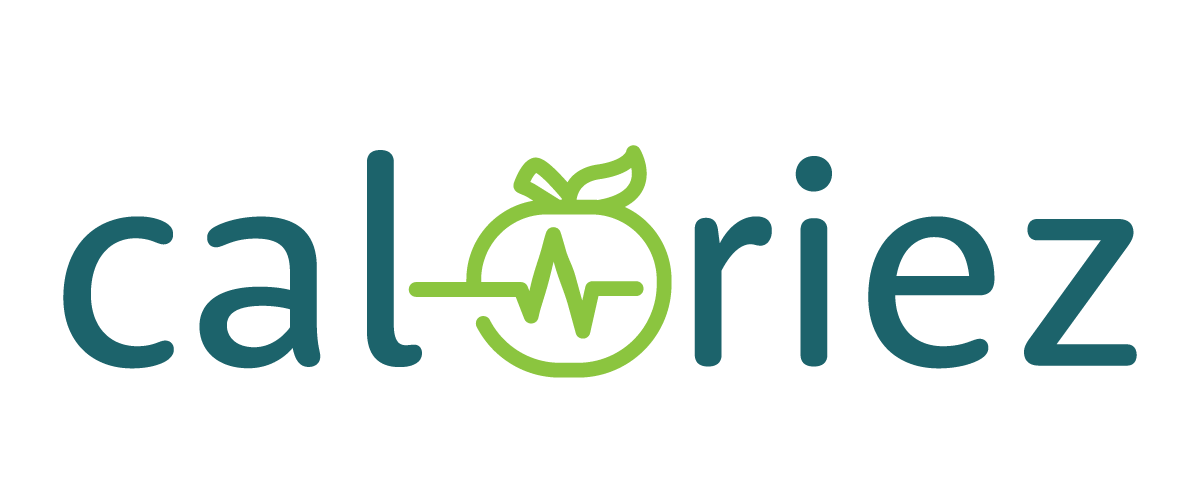Following months of intense scrutiny of his scientific work, Marc Tessier-Lavigne introduced Wednesday that he would resign as president of Stanford College after an impartial evaluate of his analysis discovered vital flaws in research he supervised going again many years.
The evaluate, performed by an outdoor panel of scientists, refuted essentially the most severe declare involving Dr. Tessier-Lavigne’s work — that an essential 2009 Alzheimer’s research was the topic of an investigation that discovered falsified knowledge and that Dr. Tessier-Lavigne had lined it up.
The panel concluded that the claims, printed in February by The Stanford Day by day, the campus newspaper, “look like mistaken” and that there was no proof of falsified knowledge or that Dr. Tessier-Lavigne had in any other case engaged in fraud.
However the evaluate additionally acknowledged that the 2009 research, performed whereas he was an govt on the biotech firm Genentech, had “a number of issues” and “fell under customary requirements of scientific rigor and course of,” particularly for such an influential paper.
On account of the evaluate, Dr. Tessier-Lavigne stated he would retract a 1999 paper that appeared within the journal Cell and two others that appeared in Science in 2001. Two different papers printed in Nature, together with the 2009 Alzheimer’s research, would additionally endure what was described as complete correction.
Stanford is understood for its management in scientific analysis, and despite the fact that the claims concerned work printed earlier than Dr. Tessier-Lavigne’s arrival on the college in 2016, the accusations mirrored poorly on the college’s integrity.
In a press release describing his causes for resigning, Dr. Tessier-Lavigne stated, “I anticipate there could also be ongoing dialogue concerning the report and its conclusions, at the least within the close to time period, which may result in debate about my potential to guide the college into the brand new tutorial 12 months.”
Dr. Tessier-Lavigne, 63, will relinquish the presidency on the finish of August however stay on the college as a professor of biology.
The college named Richard Saller, a professor of European research, as interim president, efficient Sept. 1.
As president of Stanford, Dr. Tessier-Lavigne is understood for beginning the college’s first new college in 70 years, the Doerr Faculty of Sustainability. Opened final 12 months, the varsity’s acknowledged mission is to hunt an answer to local weather change.
The panel’s 89-page report, primarily based on greater than 50 interviews and a evaluate of greater than 50,000 paperwork, concluded that members of Dr. Tessier-Lavigne’s labs engaged in inappropriate manipulation of analysis knowledge or poor scientific practices, leading to vital flaws in 5 papers that listed Dr. Tessier-Lavigne because the principal writer.
In a number of cases, the panel discovered, Dr. Tessier-Lavigne took inadequate steps to appropriate errors, and it questioned his determination to not search a correction within the 2009 paper after follow-up research revealed that its key discovering was incorrect.
The failings cited by the panel concerned a complete of 12 papers, wherein Dr. Tessier-Lavigne was listed both as principal writer or co-author. As a famous neuroscientist, he has printed greater than 200 papers, focusing totally on the trigger and therapy of degenerative mind ailments. Starting within the Nineteen Nineties, he has labored at a number of establishments, together with Stanford, Rockefeller College, the College of California, San Francisco, and Genentech, a biotechnology firm.
The accusations had first surfaced years in the past on PubPeer, an internet crowdsourcing web site for publishing and discussing scientific work. However they resurfaced after the coed newspaper, The Stanford Day by day, printed a collection of articles questioning the accuracy and honesty of labor produced in laboratories overseen by Dr. Tessier-Lavigne.
The newspaper first reported claims final November that photographs have been manipulated in printed papers itemizing Dr. Tessier-Lavigne as both lead writer or co-author.
In February, the campus newspaper printed an article with extra severe claims of fraud involving the 2009 paper that Dr. Tessier-Lavigne printed whereas a senior scientist at Genentech.
The Stanford Day by day report stated an investigation by Genentech discovered that the 2009 research contained falsified knowledge, and that Dr. Tessier-Lavigne tried to maintain its findings hidden.
It additionally reported {that a} postdoctoral researcher who labored on the research had been caught by Genentech falsifying knowledge.
Each Dr. Tessier-Lavigne and the previous researcher, now a medical physician working towards in Florida, strongly denied the claims, which relied closely on unnamed sources.
Noting that, in some instances, it was unable to determine the unnamed sources cited in The Stanford Day by day story, the evaluate panel stated that The Day by day’s declare that “Genentech had performed a fraud investigation and made a discovering of fraud” within the research “look like mistaken.” No such investigation had been performed, the report stated.
Following the newspaper’s preliminary report about manipulated research in November, Stanford’s board fashioned a particular committee to evaluate the claims, headed by Carol Lam, a Stanford trustee and former federal prosecutor. The particular committee then engaged Mark Filip, a former federal choose in Illinois, and his legislation agency, Kirkland & Ellis, to run the evaluate.
In January, it was introduced that Mr. Filip additionally had enlisted the five-member scientific panel — which included a Nobel laureate and a former Princeton president — to look at the claims from a scientific perspective.
Genentech had touted the 2009 research as a breakthrough, with Dr. Tessier-Lavigne characterizing the findings throughout a presentation to Genentech buyers as a very new and completely different approach of trying on the Alzheimer’s illness course of.
The research targeted on what it stated was the beforehand unknown function of a mind protein — Loss of life Receptor 6 — within the growth of Alzheimer’s.
As has been the case with many new theories in Alzheimer’s, a central discovering of the research was discovered to be incorrect. Following a number of years of makes an attempt to duplicate the outcomes, Genentech finally deserted the road of inquiry.
Dr. Tessier-Lavigne left Genentech in 2011 to move Rockefeller College, however, together with the corporate, printed subsequent work acknowledging the failure to substantiate key components of the analysis.
Extra lately, Dr. Tessier-Lavigne informed the publication STAT NEWS that there had been inconsistencies within the outcomes of experiments, which he blamed on impure protein samples.
The failure of Dr. Tessier-Lavigne’s Genentech laboratory to guarantee the samples’ purity was one of many scientific course of issues cited by the panel, which additionally criticized Dr. Tessier-Lavigne’s determination to not appropriate the unique paper as “suboptimal” however inside the bounds of scientific observe.
In his assertion, Dr. Tessier-Lavigne stated that he had earlier tried to subject corrections to the Cell and Science papers, however that Cell had declined to publish a correction and Science did not publish one after agreeing to take action.
The panel’s findings confirmed a report launched in April by Genentech, which stated its personal inner evaluate of The Stanford Day by day’s claims didn’t discover any proof of “fraud, fabrication, or different intentional wrongdoing.”
A lot of the panel’s report, about 60 pages, is an in depth appendix of study of photographs in 12 printed scientific papers wherein Dr. Tessier-Lavigne served both as writer or co-author, some courting again 20 years.
The panel discovered a number of cases of photographs within the papers that had been duplicated or spliced however concluded that Dr. Tessier-Lavigne had not participated within the manipulation, was not conscious of them on the time, and had not been reckless in failing to detect them.
Oliver Whang contributed reporting.




